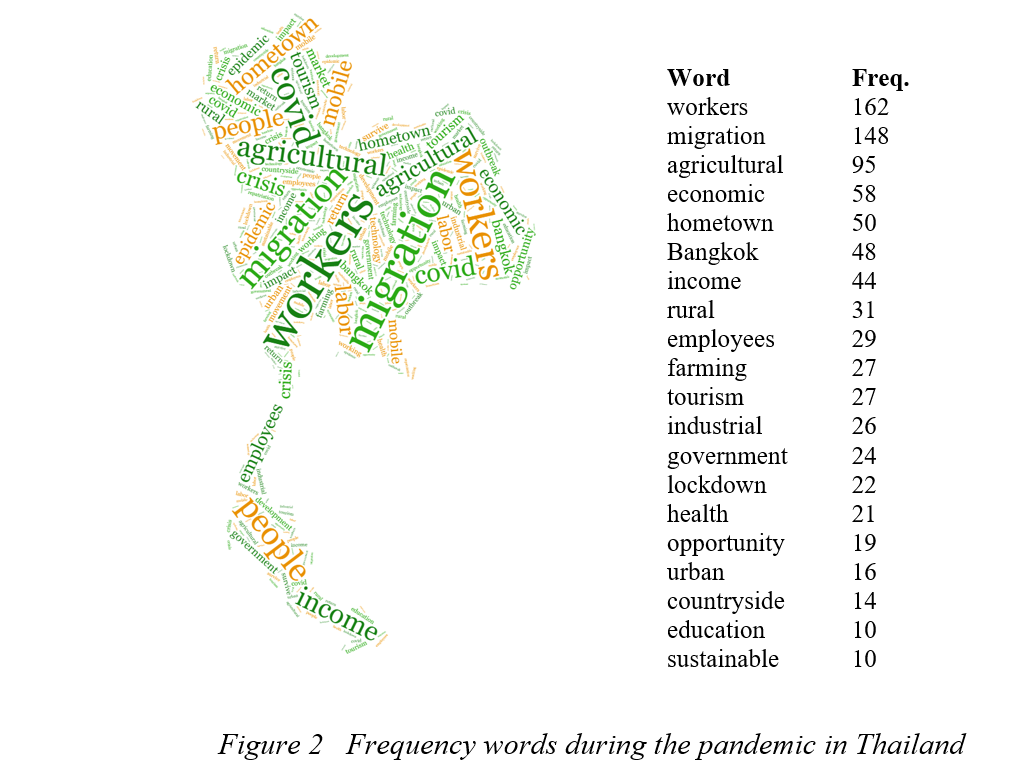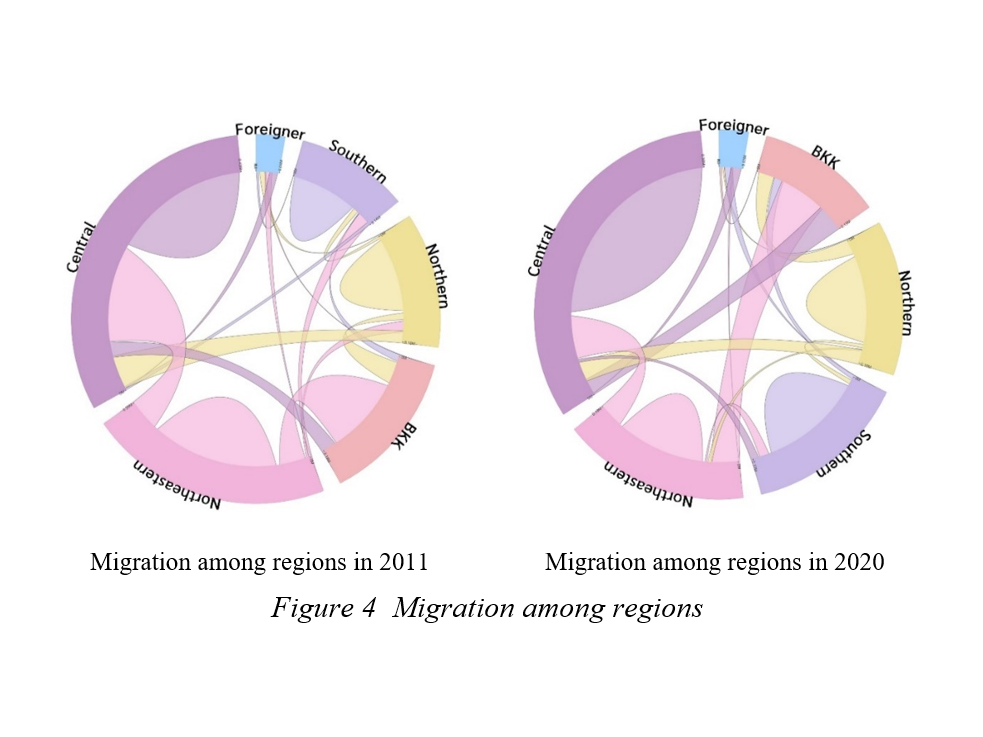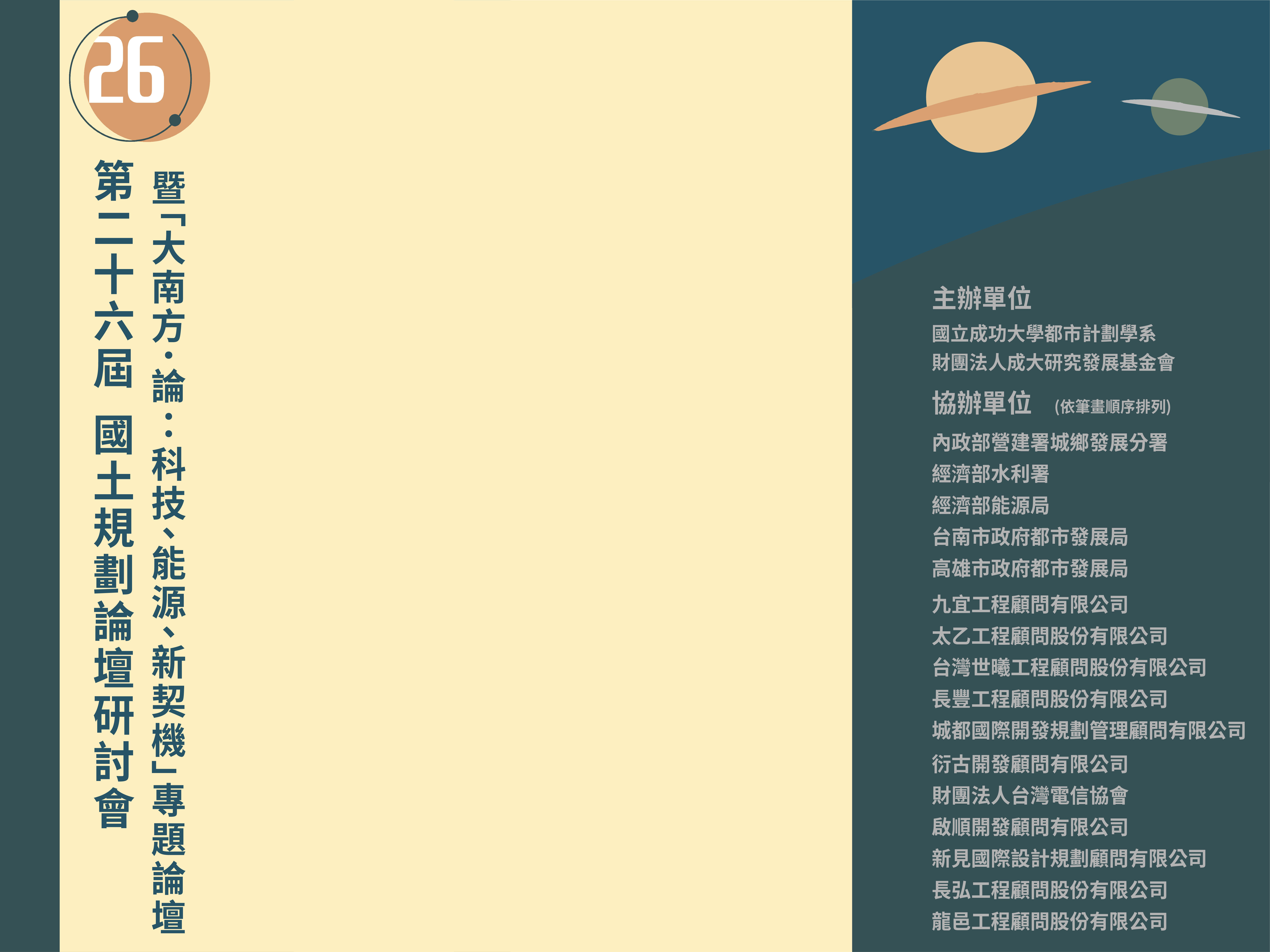Apinan Seemuangngam
Although cities like Bangkok attracted people from the countryside and smaller towns, the migration rate in Thailand has continued to decrease over the past decade. In 2020, the number of migrants had increased again after the COVID-19 pandemic. The COVID -19 becomes a new essential factor of cities’ vulnerability. The differentiation phenomena of migration reflect the level of cities’ livability in Thailand. Many regulations to prevent the pandemic, like public movement and business restrictions, including lockdown measures, complicate these situations.
In the first three months of the pandemic, Thailand has experienced 2 million migrants returning to their hometowns. This number is higher than average in the same year. The top five provinces with many migrants are Bangkok, Chonburi, Phuket, Pathum Thani, and Chiangmai. Most returned migrants are low-income workers in the manufacturing and services sector. In short, they returned to their hometown and worked in agricultural careers, supporting their livelihood. During the pandemic, the agricultural sectors in rural areas are now shifted their roles to support these returned workers. The phenomenon of people moving out of the city is reflected in the difficulties of earning a living in cities.
This article compares Thailand’s internal migration trend before and after the advent of the COVID-19 pandemic by analyzing the number of migrants using push and pull factors with GIS spatial analysis. The analysis focuses on observing the phenomenon of internal migration and finding the relationship between factors affected by the internal migration flows in provincial areas of Thailand. The study reveals that the migration trend before the pandemic continued to decrease. The number of farming households and vacancies within each province is related to migration from the cities. There have been different socioeconomic factors after the advent of the COVID-19 pandemic. The migration-out number from large cities is related to latent population, density, vacancies, and infections.
Rural regeneration can add value to the cultural and natural capital by developing the built environment, human and social capital, obtaining financial capital, and developing other aspects of the hometown. Successful rural regeneration will increase jobs, revenues, and sustainability and reduce migration from their hometown.


Citation:
Apinan Seemuangngam. (2022). Rural regeneration: Urbanization after COVID-19. In The 26th (2022) Land Planning Forum. 26, (Taiwan)
